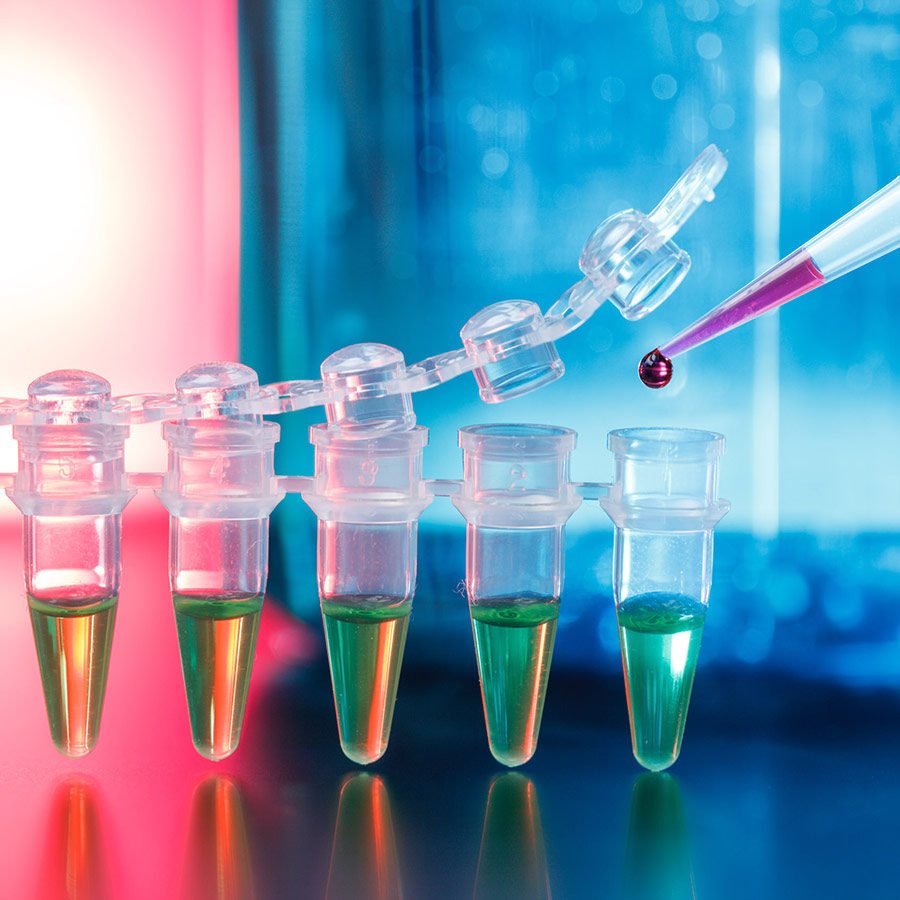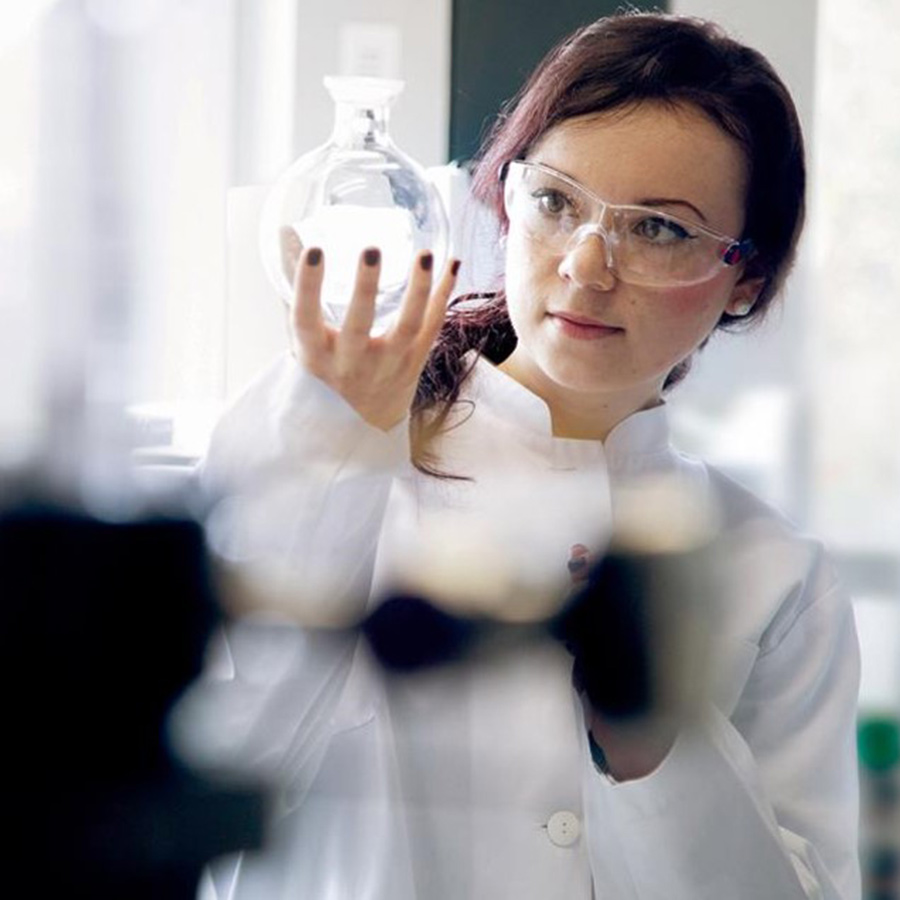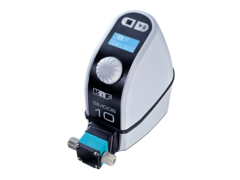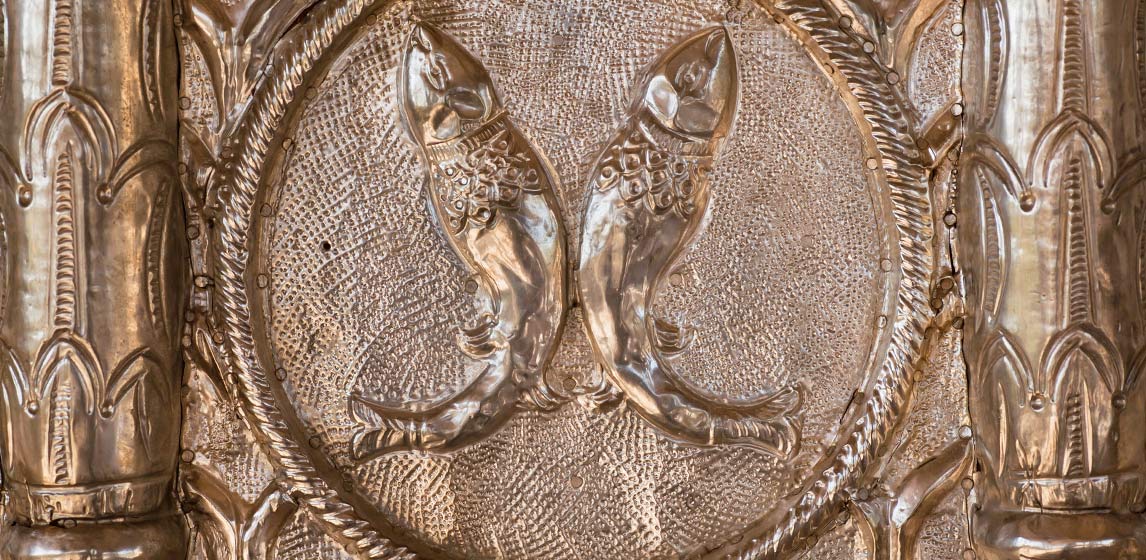
Conserving Water-Sensitive Precious Metal Artefacts
Being responsible for the conservation and restoration of irreplaceable objects that are of high material and immaterial value, conservators are constantly on the hunt for new methods and technologies. In the field of silver cleaning, a new technology has been developed offering unprecedented advantages over previously used methods. Here, KNF dosing pumps play a fundamental role.
Why cleaning silver is a demanding task
When silver is exposed to air or touched with bare hands, it reacts with sulfur and chlorine. Over time, this leads to a darkening of the surface and an overall dull and dirty appearance of the once shiny metal. With common silver objects like cutlery or jewelry, it is perfectly acceptable to remove this tarnish by polishing the surface with an abrasive. For ancient artefacts and treasures, however, this method is unsuitable because it removes silver with every application and erases traces of manufacturing and use.
Therefore, valuable objects are usually cleaned via electrolysis. For this purpose, the silver is immersed in an electrolyte and an electric current is applied. In the following process, the chemical reaction that caused the tarnish is reversed without removing any original material. The great weakness of this method is that only waterproof objects can be treated this way.
Electrolytic pencil for water-sensitive objects
In order to overcome this problem of conventional electrolytic cleaning methods, a Swiss team of scientists and conservators from the University of Applied Science Arc Conservation-Restoration (HE-Arc CR) has developed Pleco. It is a device that allows for the controlled application of electrolytic liquid to a localized surface area. Pleco is equipped with a nozzle tip connected to a small micro-porous polyvinyl (PVFM) foam pad.
When held against the metal surface of the object, electrolytic treatment solution is fed to the tip and is then immediately sucked back into the device. This process requires one pump for delivering the electrolyte to the object and another pump for drawing off the fluid. Unlike conventional electrolysis treatments, this method does not require the full immersion of the object in liquid.
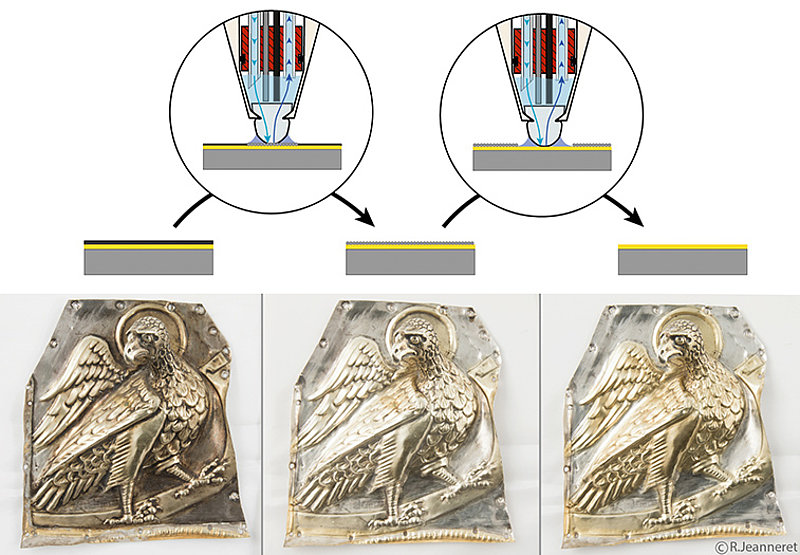
Interdisciplinary open-source project
The technology is named after the famous fish Hypostomus Plecostomus also known as suckermouth catfish that cleans aquarium walls all over the world. It is open-source, which means conservators can freely download component lists, assembly instructions and fabrication files for 3D printing special parts. So far, about 50 professionals were trained in the use of Pleco as part of a training course at the University of Applied Science Arc Conservation-Restoration and about ten experts use Pleco frequently for conservation purposes.
The technology also works well for corrosion stabilization of lead. In addition, experiments are being considered to preserve archaeological copper alloy artefacts via stabilization of corroding chlorides – an unstable corrosion that endangers these precious artefacts.
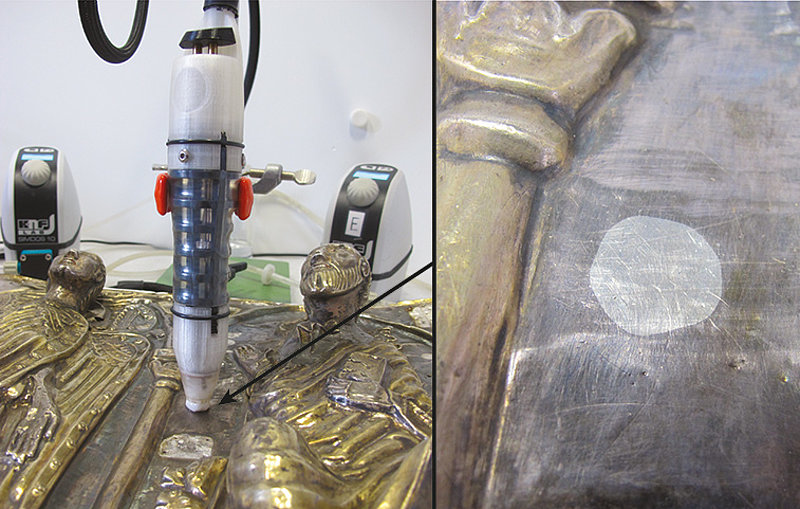
The heart of the solution: a KNF pump
During the development of Pleco, the choice was made to use two KNF SIMDOS® 10 dosing pumps. Their precise flow rate setting, high reliability and ability to extract a liquid containing bubbles without any flowback were all factors in their consideration and selection. This last property is important as without the ability to reliably withdraw the fluid, drops would fall out of the pad and traces would remain on the objects’ surfaces.
75 Years: KNF Celebrates Company Anniversary
A treasure chest filled with memories, facts and stories. Learn more about KNF’s company history.


